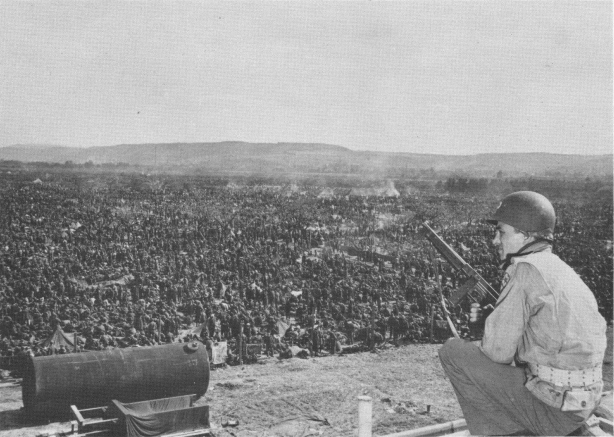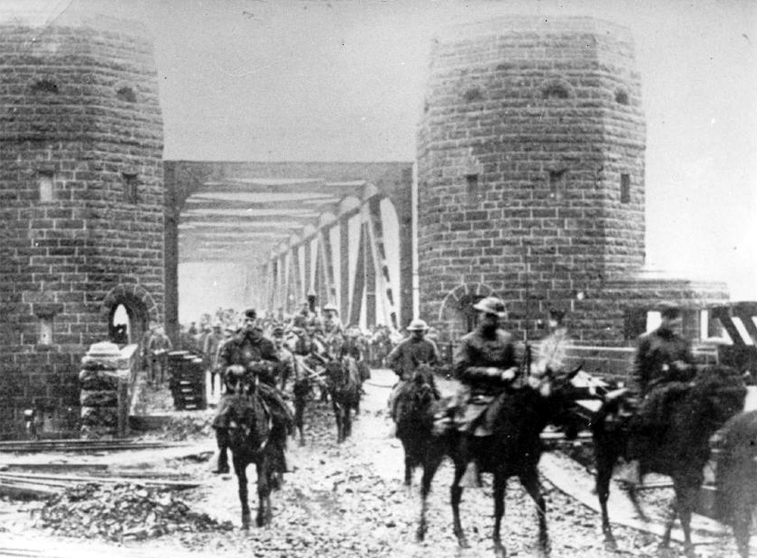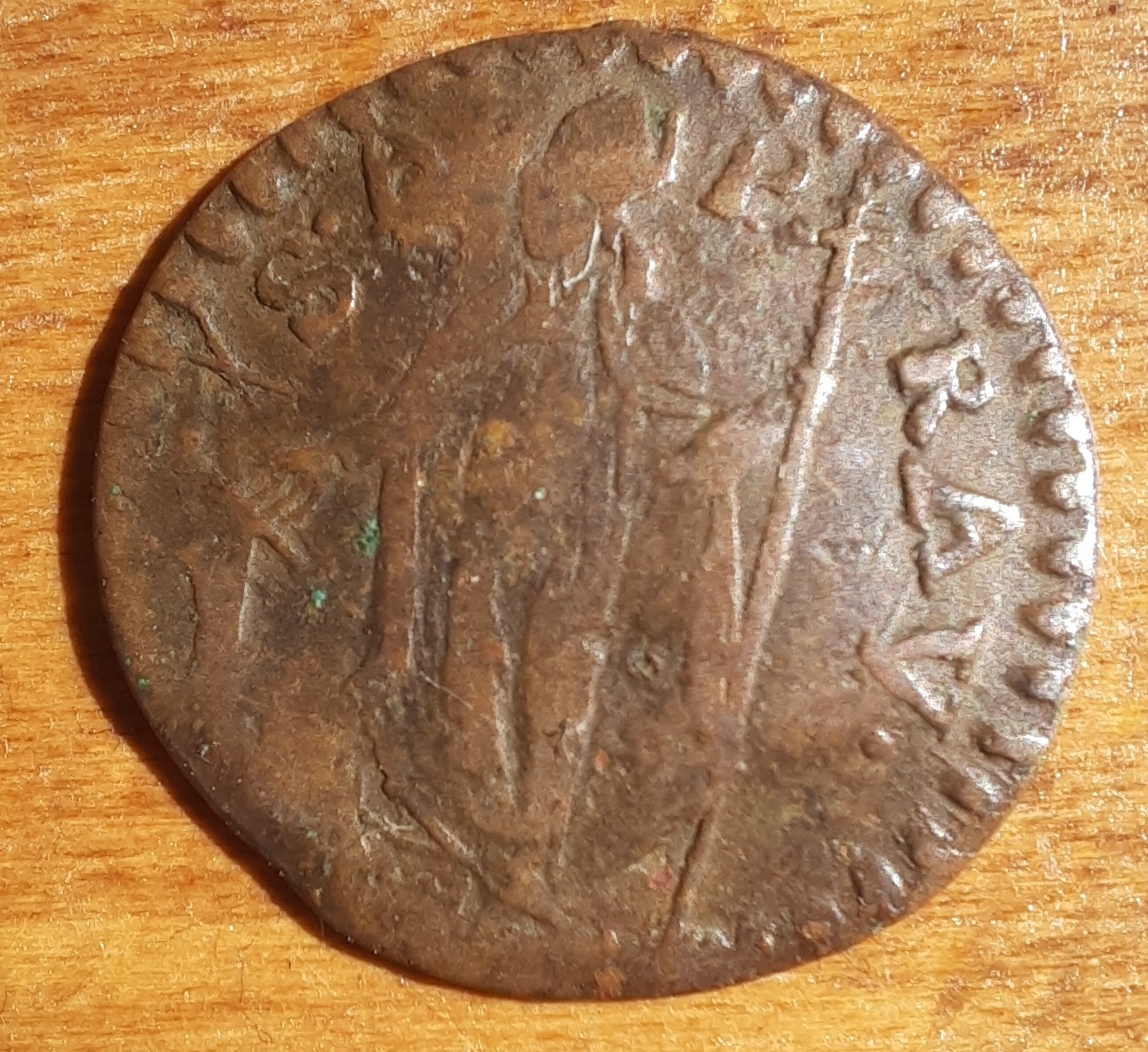|
Remagen
Remagen ( ) is a town in Germany in the state of Rhineland-Palatinate, in the district of Ahrweiler. It is about a one-hour drive from Cologne, just south of Bonn, the former West German capital. It is situated on the left (western) bank of the river Rhine. There is a ferry across the Rhine from Remagen every 10–15 minutes in the summer. Remagen has many notable and well-maintained buildings, churches, castles and monuments. It also has a sizeable pedestrian zone with plenty of shops. Overlooking the west bank of the Rhine just north of the city centre is the Apollinariskirche. It has an observation deck that is only open to parishioners on Sundays. Pedestrians reach the church via a dirt trail that passes a series of roadside monuments representing each of the fourteen Stations of the Cross. The church grounds contain an outdoor crypt and an abbey. Further down the river is one of the many castles along the Rhine, perched even higher than the Apollinariskirche. History The R ... [...More Info...] [...Related Items...] OR: [Wikipedia] [Google] [Baidu] |
Ludendorff Bridge
The Ludendorff Bridge (sometimes referred to as the Bridge at Remagen) was in early March 1945 a critical remaining bridge across the river Rhine in Germany when it was captured during the Battle of Remagen by United States Army forces during the closing weeks of the European part of World War II. Built in World War I to help deliver reinforcements and supplies to the German troops on the Western Front (World War I), Western Front, it connected Remagen on the west bank and the village of Erpel on the eastern side between two hills flanking the river. Midway through Operation Lumberjack, on 7 March 1945, the troops of the First United States Army, 1st U.S. Army approached Remagen and were surprised to find that the bridge was still standing. Its capture, two weeks before Field marshal (United Kingdom), Field Marshal Bernard Montgomery's meticulously planned Operation Plunder, enabled the U.S. Army to establish a bridgehead on the eastern side of the Rhine. After the U.S. force ... [...More Info...] [...Related Items...] OR: [Wikipedia] [Google] [Baidu] |
The Bridge At Remagen
''The Bridge at Remagen'' is a 1969 DeLuxe Color war film in Panavision starring George Segal, Ben Gazzara and Robert Vaughn. The film, which was directed by John Guillermin, was shot in Czechoslovakia. It is based on the nonfiction book ''The Bridge at Remagen: The Amazing Story of March 7, 1945'' by writer and U.S. Representative Ken Hechler. The screenplay was adapted by Richard Yates and William Roberts. The film is a highly fictionalized version of actual events during the last months of World War II when the U.S. 9th Armored Division approached Remagen and captured the intact Ludendorff Bridge. While the real battle ran for a week and involved several artillery duels between the U.S. troops and German defenders, the film focuses more specifically on the heroism and human cost in gaining the bridgehead across the Rhine before the Allies' final advance into Germany. The Remagen bridge was never rebuilt; the towers on each bank were converted into a museum and arts studi ... [...More Info...] [...Related Items...] OR: [Wikipedia] [Google] [Baidu] |
Operation Lumberjack
Operation Lumberjack was a military operation with the goal of capturing the west bank of the Rhine River and seizing key German cities, near the end of World War II. The First United States Army launched the operation in March 1945 to capture strategic cities in Nazi Germany and to give the Allies a foothold along the Rhine. One unexpected outcome was the capture of the Ludendorff bridge, a strategic railroad bridge across the Rhine, in the Battle of Remagen. Despite German attempts to destroy the bridge, Allied forces captured it intact and were able to use it for ten days to establish a bridgehead on the far side, before it finally collapsed at 3:00 PM on 17 March 1945 after ten days of aircraft bombing, direct artillery hits, near misses, and demolition attempts. Background The Germans had repeatedly frustrated Allied efforts to cross the Rhine. With the 21st Army Group firmly established along the Rhine, U.S. General of the Army Omar Bradley's 12th Army Group prepared t ... [...More Info...] [...Related Items...] OR: [Wikipedia] [Google] [Baidu] |
9th Armored Division (United States)
The 9th Armored Division (the "Phantom Division") was an armored division of the United States Army during World War II. In honor of their World War II service, the 9th was officially nicknamed the "Phantom Division." The 9th Armored Division was cited for extraordinary heroism and gallantry in combat in the vicinity of Waldbillig and Savelborn, Luxembourg from 16–22 December 1944 during which they repulsed constant and determined attacks by an entire German division. Outnumbered five to one, with its infantry rifle companies surrounded for most of the time, clerks, cooks, mechanics, drivers and others manned the final defensive line. Supported by the outstandingly responsive and accurate fire of its artillery battalion, this widely dispersed force stopped every attack for six days until its surrounded infantry were ordered to fight their way back to them. This staunch defense disrupted the precise German attack schedule and thus gave time for the United States III and ... [...More Info...] [...Related Items...] OR: [Wikipedia] [Google] [Baidu] |
Ken Hechler
Kenneth William Hechler (September 20, 1914 – December 10, 2016) was an American politician. A member of the Democratic Party, he represented West Virginia's 4th congressional district in the U.S. House of Representatives from 1959 to 1977 and was West Virginia Secretary of State from 1985 to 2001. Biography Early life and military service Of German-American descent, Hechler was born in Roslyn, New York on September 20, 1914 to Charles Henry and Catherine Elizabeth (Hauhart) Hechler. He held a BA from Swarthmore College, and an MA and PhD from Columbia University in history and government. Hechler served on the faculty of Columbia University, Princeton University, and Barnard College in the years leading up to World War II. Hechler held a series of minor appointed positions in the federal civil service until he was drafted into the United States Army during World War II in July, 1942. After graduation from Armored Force Officer Candidate School, he was assigned as a comb ... [...More Info...] [...Related Items...] OR: [Wikipedia] [Google] [Baidu] |
Apollinaris Of Ravenna
Apollinaris of Ravenna ( it, Apollinare; , ''Apollinarios'', Late Latin: ''Apolenaris'') is a Syrian saint, whom the Roman Martyrology describes as "a bishop who, according to tradition, while spreading among the nations the unsearchable riches of Christ, led his flock as a good shepherd and honoured the Church of Classis near Ravenna by a glorious martyrdom."Martyrologium Romanum (Libreria Editrice Vaticana 2001 ) Biography It is not certain what was his native place, though it was probably Antioch in the Roman Province of Syria. It is not certain that he was one of the seventy-two disciples of Christ, as has been suggested, but he was apparently a disciple of Saint Peter, who may have consecrated and commissioned him as the first Bishop of Ravenna during the reign of the Emperor Claudius, the fourth Roman emperor from 41 to 54 A.D. The precise date of his consecration as Bishop cannot be ascertained. He dedicated himself to the work of evangelization in Emilia-Romagna. During hi ... [...More Info...] [...Related Items...] OR: [Wikipedia] [Google] [Baidu] |
Ahrweiler (district)
Ahrweiler () is a district in the north of Rhineland-Palatinate, Germany. It is bounded by (from the north and clockwise) the districts of Euskirchen, Rhein-Sieg and the city of Bonn in the state of North Rhine-Westphalia, and the districts of Neuwied, Mayen-Koblenz and Vulkaneifel. History The region was conquered by the Romans under Julius Caesar about 50 BC. Some hundred years later the Roman fort of Rigomagus (Gaulish for "king's field") was founded, later to become the city of Remagen. The Vinxtbach, a narrow brook and an affluent of the Rhine, was defined as the borderline between the Roman provinces of Germania superior and Germania inferior. There was originally a Roman villa here; the German suffix, "weiler", is from the Latin term "villare", meaning "land attached to a Roman villa, farm". Portions of a Roman aqueduct have also been found nearby. Many towns were first mentioned in the 9th century, among them Sinzig and the eponymous village of Ahrweiler (since 1969 a ... [...More Info...] [...Related Items...] OR: [Wikipedia] [Google] [Baidu] |
Rhine
), Surselva, Graubünden, Switzerland , source1_coordinates= , source1_elevation = , source2 = Rein Posteriur/Hinterrhein , source2_location = Paradies Glacier, Graubünden, Switzerland , source2_coordinates= , source2_elevation = , source_confluence = Reichenau , source_confluence_location = Tamins, Graubünden, Switzerland , source_confluence_coordinates= , source_confluence_elevation = , mouth = North Sea , mouth_location = Netherlands , mouth_coordinates = , mouth_elevation = , progression = , river_system = , basin_size = , tributaries_left = , tributaries_right = , custom_label = , custom_data = , extra = The Rhine ; french: Rhin ; nl, Rijn ; wa, Rén ; li, Rien; rm, label= Sursilvan, Rein, rm, label= Sutsilvan and Surmiran, Ragn, rm, label=Rumantsch Grischun, Vallader and Puter, Rain; it, Reno ; gsw, Rhi(n), inclu ... [...More Info...] [...Related Items...] OR: [Wikipedia] [Google] [Baidu] |
Bridgehead
In military strategy, a bridgehead (or bridge-head) is the strategically important area of ground around the end of a bridge or other place of possible crossing over a body of water which at time of conflict is sought to be defended or taken over by the belligerent forces. Bridgeheads typically exist for only a few days, the invading forces either being thrown back or expanding the bridgehead to create a secure defensive lodgement area, before breaking out into enemy territory, such as when the U.S. 9th Armored Division seized the Ludendorff Bridge at Remagen in 1945 during World War II. In some cases a bridgehead may exist for months. Etymology ''Bridgehead'' ( French ''tête de pont'') is a High Middle Ages military term, which before the invention of cannons meant the military fortification that protects the end of a bridge. Like many older terms, the meaning of the word drifted with the passage of time, becoming used for something not exactly true to its initial usage. Wit ... [...More Info...] [...Related Items...] OR: [Wikipedia] [Google] [Baidu] |
World War II
World War II or the Second World War, often abbreviated as WWII or WW2, was a world war that lasted from 1939 to 1945. It involved the vast majority of the world's countries—including all of the great powers—forming two opposing military alliances: the Allies and the Axis powers. World War II was a total war that directly involved more than 100 million personnel from more than 30 countries. The major participants in the war threw their entire economic, industrial, and scientific capabilities behind the war effort, blurring the distinction between civilian and military resources. Aircraft played a major role in the conflict, enabling the strategic bombing of population centres and deploying the only two nuclear weapons ever used in war. World War II was by far the deadliest conflict in human history; it resulted in 70 to 85 million fatalities, mostly among civilians. Tens of millions died due to genocides (including the Holocaust), starvation, ma ... [...More Info...] [...Related Items...] OR: [Wikipedia] [Google] [Baidu] |
David L
David (; , "beloved one") (traditional spelling), , ''Dāwūd''; grc-koi, Δαυΐδ, Dauíd; la, Davidus, David; gez , ዳዊት, ''Dawit''; xcl, Դաւիթ, ''Dawitʿ''; cu, Давíдъ, ''Davidŭ''; possibly meaning "beloved one". was, according to the Hebrew Bible, the third king of the United Kingdom of Israel. In the Books of Samuel, he is described as a young shepherd and harpist who gains fame by slaying Goliath, a champion of the Philistines, in southern Canaan. David becomes a favourite of Saul, the first king of Israel; he also forges a notably close friendship with Jonathan, a son of Saul. However, under the paranoia that David is seeking to usurp the throne, Saul attempts to kill David, forcing the latter to go into hiding and effectively operate as a fugitive for several years. After Saul and Jonathan are both killed in battle against the Philistines, a 30-year-old David is anointed king over all of Israel and Judah. Following his rise to power, David ... [...More Info...] [...Related Items...] OR: [Wikipedia] [Google] [Baidu] |
Ruhr
The Ruhr ( ; german: Ruhrgebiet , also ''Ruhrpott'' ), also referred to as the Ruhr area, sometimes Ruhr district, Ruhr region, or Ruhr valley, is a polycentric urban area in North Rhine-Westphalia, Germany. With a population density of 2,800/km2 and a population of over 5 million (2017), it is the largest urban area in Germany. It consists of several large cities bordered by the rivers Ruhr to the south, Rhine to the west, and Lippe to the north. In the southwest it borders the Bergisches Land. It is considered part of the larger Rhine-Ruhr metropolitan region of more than 10 million people, which is the third largest in Europe, behind only London and Paris. The Ruhr cities are, from west to east: Duisburg, Oberhausen, Bottrop, Mülheim an der Ruhr, Essen, Gelsenkirchen, Bochum, Herne, Hagen, Dortmund, Lünen, Bergkamen, Hamm and the districts of Wesel, Recklinghausen, Unna and Ennepe-Ruhr-Kreis. The most populous cities are Dortmund (with a population of approximately 588 ... [...More Info...] [...Related Items...] OR: [Wikipedia] [Google] [Baidu] |









